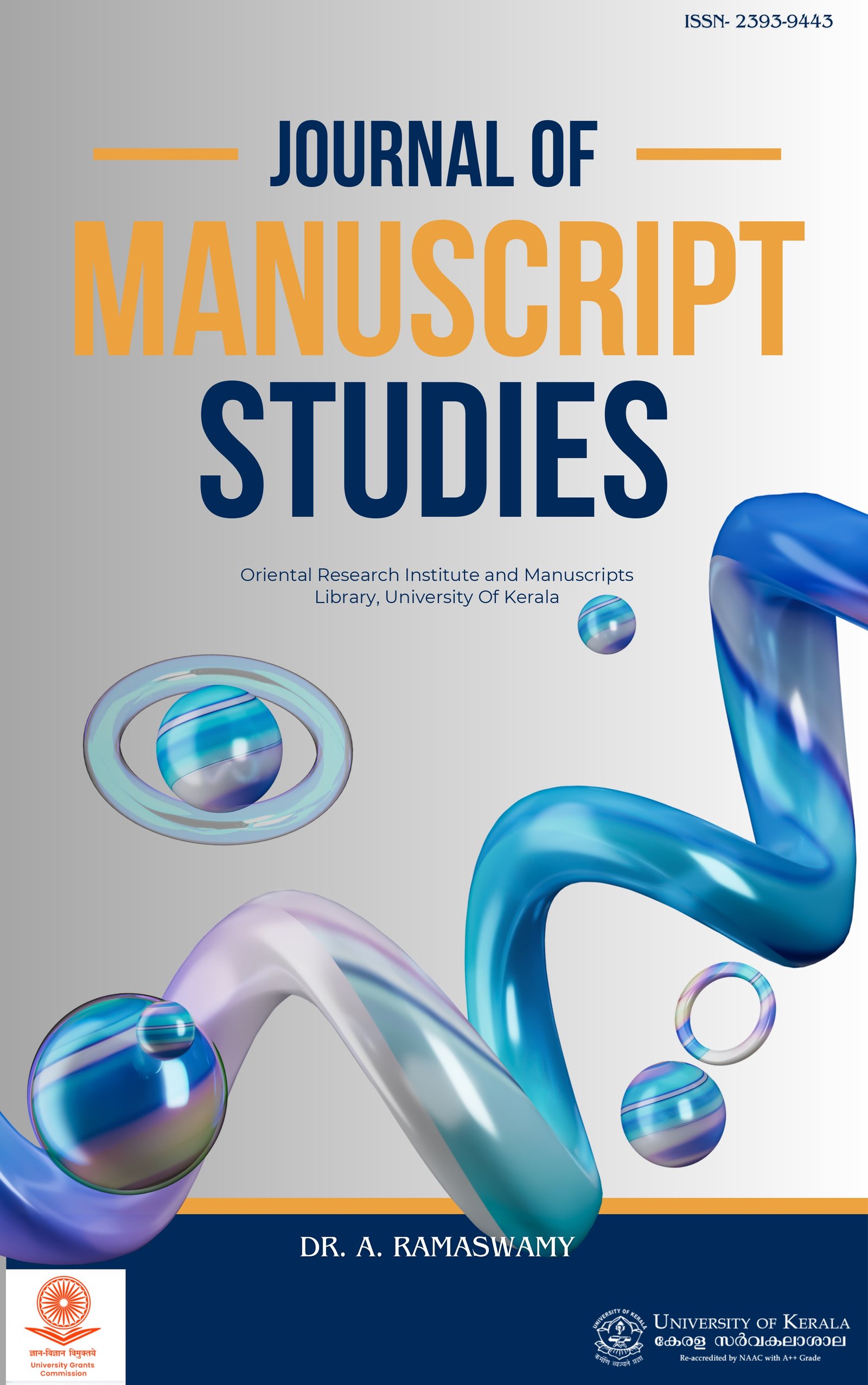In vitro propagation of Santalum album L.
Keywords:
Plantlet regeneration, Santalum album, somatic embryogenesisAbstract
Santalum album L. (sandalwood) is a valuable
tropical plant species that belongs to the family Santalaceae.
Santalol - the active compound in S. album, which is commonly
known as sandalwood oil is highly valued in the perfumery
industry due to its sweet persistent aroma. Sandalwood plants
are over-exploited for harvesting their wood. Although the
species is naturally regenerated by seeds the success rate is
as low as 20 %. Due to the hemi-parasitic nature of S. album,
the survival of seedlings is low making the species rare in
Sri Lanka. There is a high demand for sandalwood plants for
commercial scale plantations. Therefore in the present study,
plantlet regeneration through somatic embryogenesis was
studied in order to produce a large number of healthy plants to
be used in establishing commercial scale plantations.
Mature and immature seeds, leaf discs and nodal segments
were used as explants for embryonic callus induction. Nodal
segments found to be the best explants for embryonic callus
production. Murashige and Skoog medium (MS) supplemented
with 2.5 mg/L 2,4-dichloro phenoxy acetic acid (2,4-D) and
3.0 mg/L kinetin (kin) induced callus with a mean diameter of
3.22 ± 0.1 cm after 8 weeks of incubation. Somatic embryo
induction was optimized by the addition of 0.5 mg/L benzyl
amino purine (BAP), 1.0 mg/L indole-3-acetic acid (IAA) and
0.5 mg/L kin to MS medium, which resulted about 10 somatic
embryos per 1.0 cm2
of callus. Somatic embryos germinated
best in MS medium supplemented with 2.0 mg/L gibberellic
acid (GA3). The highest percentage of plantlet regeneration was
observed when the germinated embryos were transferred into
MS medium supplemented with 0.4 mg/L BAP and 0.2 mg/L
IAA.

Downloads
Published
Issue
Section
License

This work is licensed under a Creative Commons Attribution-NonCommercial-NoDerivatives 4.0 International License.













